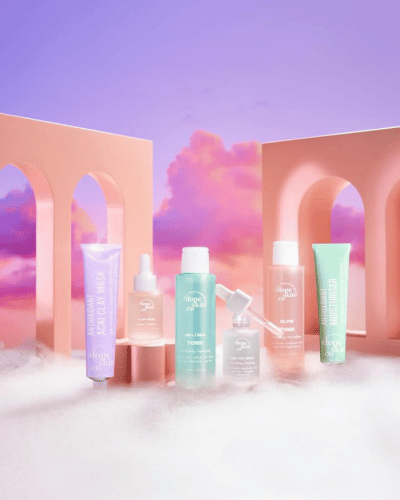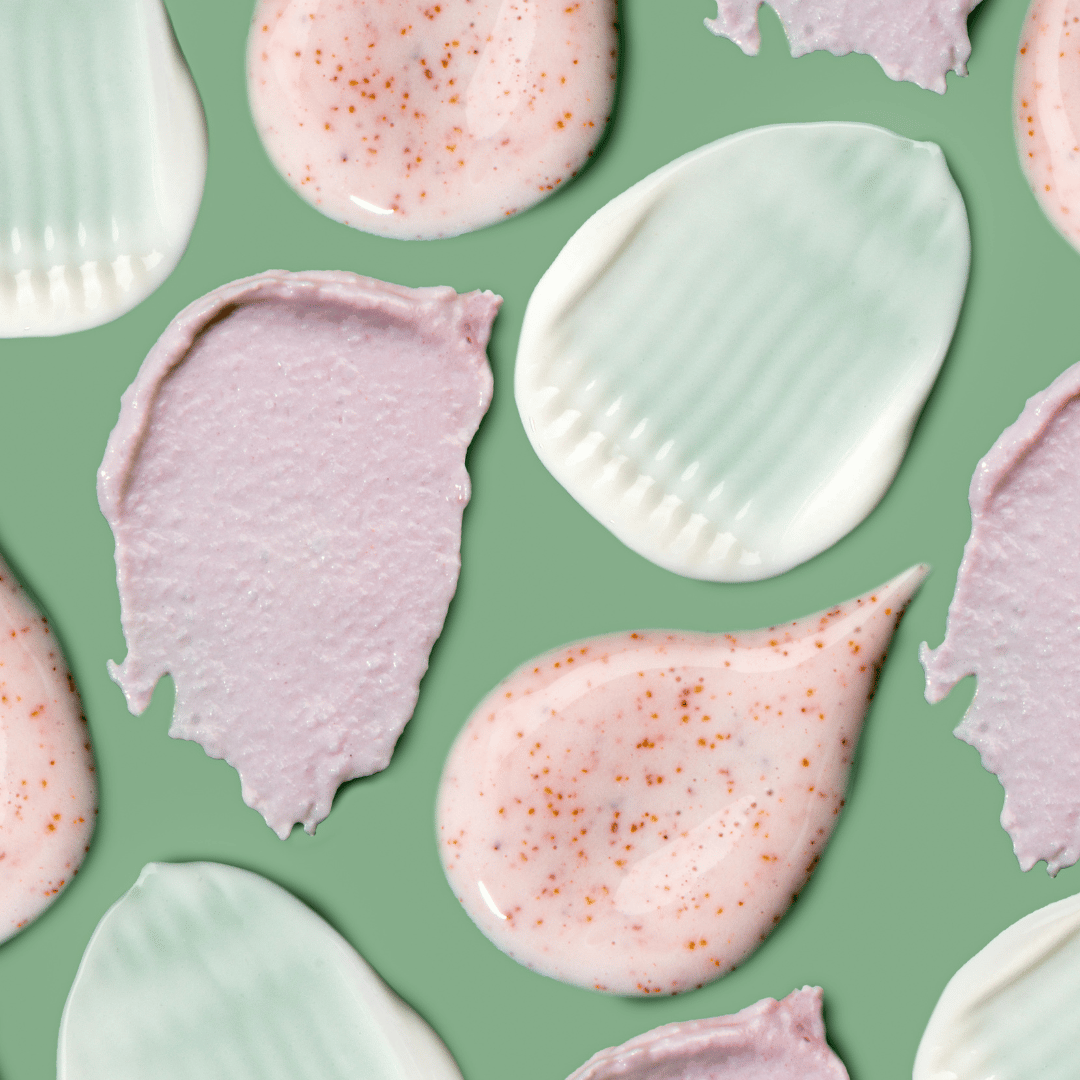AHAs vs. BHAs vs. PHAs
Alpha-hydroxy acids (AHAs), beta-hydroxy acids (BHAs), and poly-hydroxy acids (PHAs) are the secret skincare weapons you didn’t know you needed. All three are exfoliants, but not the gritty kind that involve you rubbing your face and body with sugar in the shower.
No, these are chemical exfoliants that penetrate the skin, remove dirt and dead skin cells, and leave you with a radiant, healthy complexion. Sounds pretty, great right? The tricky thing is knowing which acid to use when. That is why we’re breaking down the differences between AHAs, BHAs, and PHAs, including what they are, the benefits of each, and when and how to use them.
What are AHAs?
Alpha-hydroxy acids are acid/chemical exfoliants that include the likes of glycolic acid, lactic acid, malic acid, citric acid, and tartaric acid. This group of acid compounds is most commonly derived from plant-based sources. For example, glycolic acid (the most popular AHA) comes from sugarcane, citric acid from lemons, and malic acid from apples. Although they are all chemical exfoliants and offer surface-level exfoliation, the molecules of each differ in size which means they differ in potency. As such, they can’t be used interchangeably, so you should always pay attention to which AHA(s) a skincare product contains.
What are the Benefits of AHAs?
What are BHAs?
Beta-hydroxy acids, or BHAs, have a reputation as acne saviours. This is because the most common BHA on the market, salicylic acid, has long been hailed as one of the most effective acne-fighting ingredients. Unlike AHAs, BHAs are oil-soluble, making them an excellent choice for those with normal to oily skin, who frequently suffer from breakouts and blemishes. Like AHAs, BHAs are gentle chemical exfoliants, which also makes them suitable for sensitive skin.
What are the Benefits of BHAs?
What are PHAs?
If you’re into skincare, then AHAs and BHAs probably aren’t anything new, but PHAs you may have never heard of. That’s because they’re the new kids on the block. Poly-hydroxy acids, or PHAs, fall within the AHA family but they have some key differences that warrant their own category. Like AHAs and BHAs, they are exfoliants, however, their molecules are much larger in size compared to AHAs. Two of the most common PHAs are gluconolactone and lactobionic acid, and while their skincare benefits are similar to that of AHAs, they are even gentler than their alpha cousins.
What are the Benefits of PHAs?
- Anti-Inflammatory: PHAs are chock full of anti-inflammatory properties, meaning they not only moisturize and exfoliate the skin but they also soothe it. And given how gentle they are, PHAs are suitable for anyone with sensitive skin, including those who suffer from redness, rosacea, or eczema.
When to Use AHAs vs. BHAs vs. PHAs
Reach for AHAs if:
- You have dry skin: As humectants, AHAs will draw in moisture and revive dull, dry skin.
- You have fine lines and wrinkles: When it comes to anti-aging, AHAs are best. As humectants and collagen stimulators, they will plump the skin, reducing the appearance of fine lines and wrinkles.
Reach for BHAs if:
- You suffer from acne: BHAs, owing to their impeccable ability to penetrate deep into the skin and unclog pores, are best suited to serious skin concerns, such as acne (including cystic acne). You’ll most often find BHAs in spot treatments, scrubs, cleansers, and toners.
Reach for PHAs if:
How to Use AHAs, BHAs, and PHAs Together
AHAs, BHAs, and PHAs can be used in conjunction with amazing results, if you know what you’re doing. Too high a concentration of any acid can result in irritation, so we recommend starting off with a skincare product that already combines more than one type of acid exfoliant. AHAs and BHAs are the most common combination, available in serums, peels, masks, and exfoliants.
As the gentlest member of the acid family, PHAs can be combined with almost any other acid or skincare ingredient at large (in fact, many AHA-based skincare products already contain PHAs to clean up the surface-level debris that AHAs miss). But you can also combine PHAs with retinol for a serious acne treatment or with hydroquinone to help fade dark spots and fight aging.
If you do want to use each type of acid separately, start out by applying them on opposite days or on different parts of the face (for example, applying AHAs to dry areas and BHAs to oily areas).



